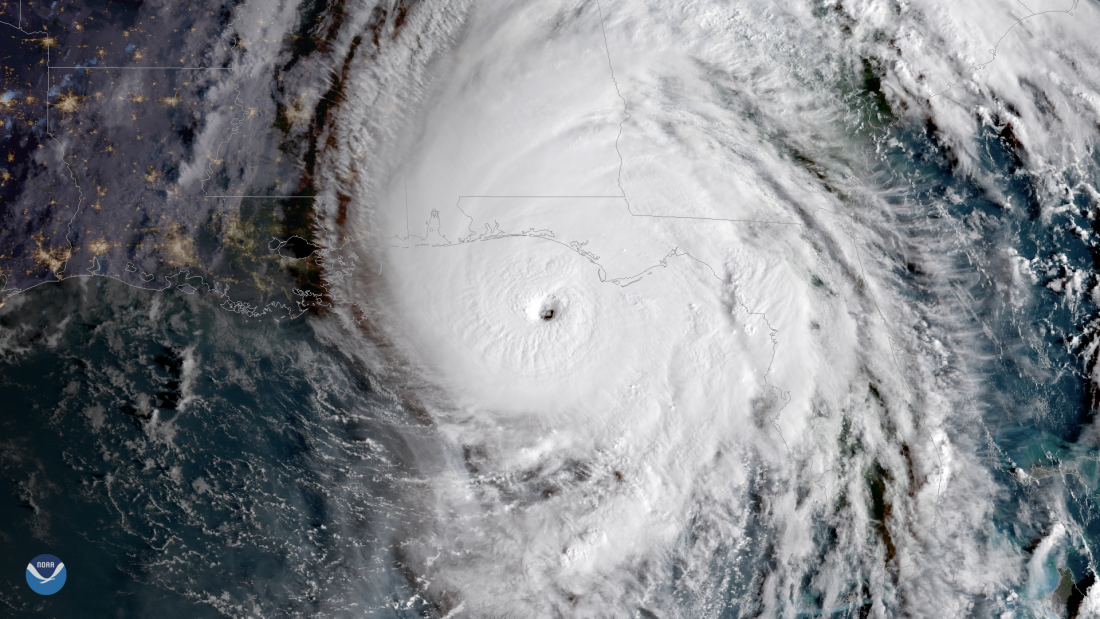
Last updated:
Hurricane Michael

Overview
Hurricane Michael was the seventh hurricane and the 13th named storm of the 2018 Atlantic Hurricane season.
It began as a disturbance in the Caribbean Sea and drew in the remains of Tropical Storm Kirk at the beginning of October 2018. It continued to travel through Central America weakening and then strengthening for several days. The first National Hurricane Center (NHC) advisory on Michael was issued in the afternoon of Saturday, Oct. 6, 2018 after it became better organized. The system progressed very quickly, becoming a tropical depression by 4 a.m. Sunday, Oct. 7, and Tropical Storm Michael at 11:55 a.m. later that day. On Monday, Oct 8 intensification continued and the NHC declared Michael a Category 1 hurricane. The storm passed just west of Cabo del San Antonio, Cuba that day. Michael continued to intensify as it moved toward the Florida Panhandle.
Hurricane Michael made landfall as a Category 5 storm in Florida on Wednesday, Oct. 10 northwest of Mexico Beach and southeast of Panama City near Tyndall Air Force Base with winds of 160 mph and a pressure of 919 mb. Originally rated as a Category 4 storm, post-analysis reporting found that it was indeed a Category 5. NOAA stated that the “919 mb landfall central pressure is the third lowest on record for a landfalling U.S. hurricane since reliable records began in 1900, trailing only the Labor Day Hurricane of 1935 (892 mb) and Hurricane Camille of 1969 (900 mb).”
(Photo: Hurricane Michael. Source: NOAA)
In addition to high wind speeds, the storm caused up to 14 feet of storm surge in some coastal areas and dumped up to 12 inches of rain in some locations. Michael is the most powerful hurricane on record to hit the Florida Panhandle and the third-strongest hurricane on record to hit the continental United States.
The fast-moving storm entered Georgia as a Category 3 hurricane and continued to move northeast. The worst damage in Georgia occurred in the southwest corner of the state. On Thursday, Oct. 11, Tropical Storm Michael dumped more rain across the Carolinas, which were still reeling from Hurricane Florence in September. Its the center passed just north of Raleigh, North Carolina. Michael then passed through Norfolk, Virginia before moving out over the Atlantic Ocean. It strengthened to a hurricane again in the North Atlantic and then weakened and dissipated just west of Portugal on Oct. 15.
Michael also produced 16 tornadoes – two in Florida, three in Georgia, four in South Carolina and seven in Virginia – but all were weak EF-0 or EF-1 storms and caused little damage.
Due to the effects of the storm, Michael was retired from the list of possible hurricane names and will be replaced by Milton in 2024.
Latest Updates
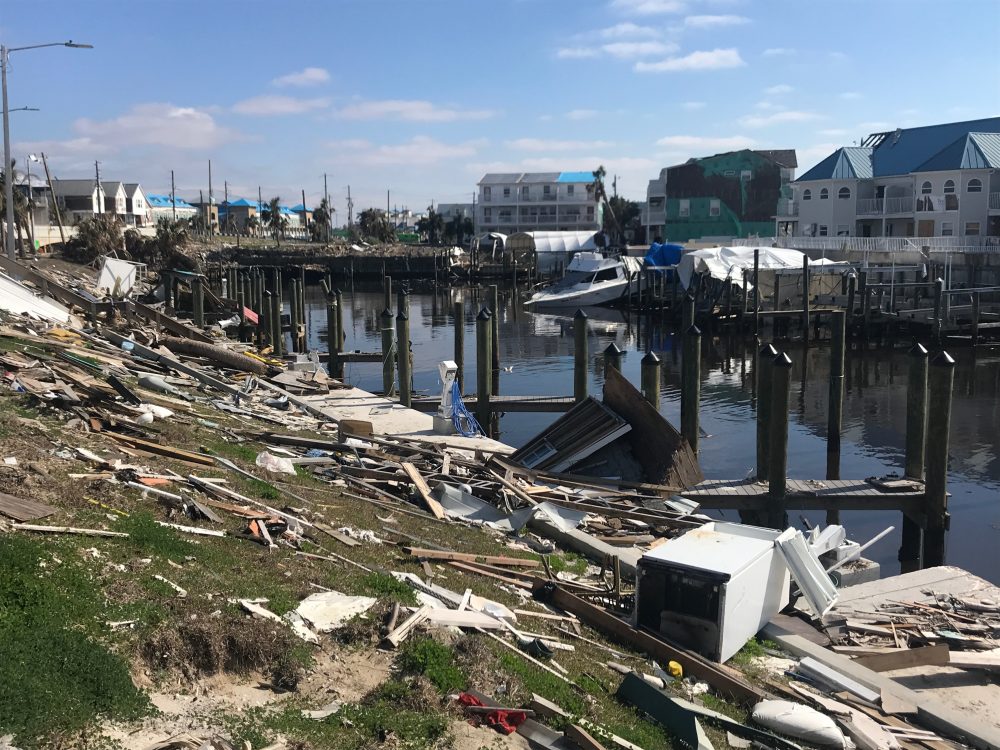
Announcing 10 New Recovery Grants for North Carolina and Florida
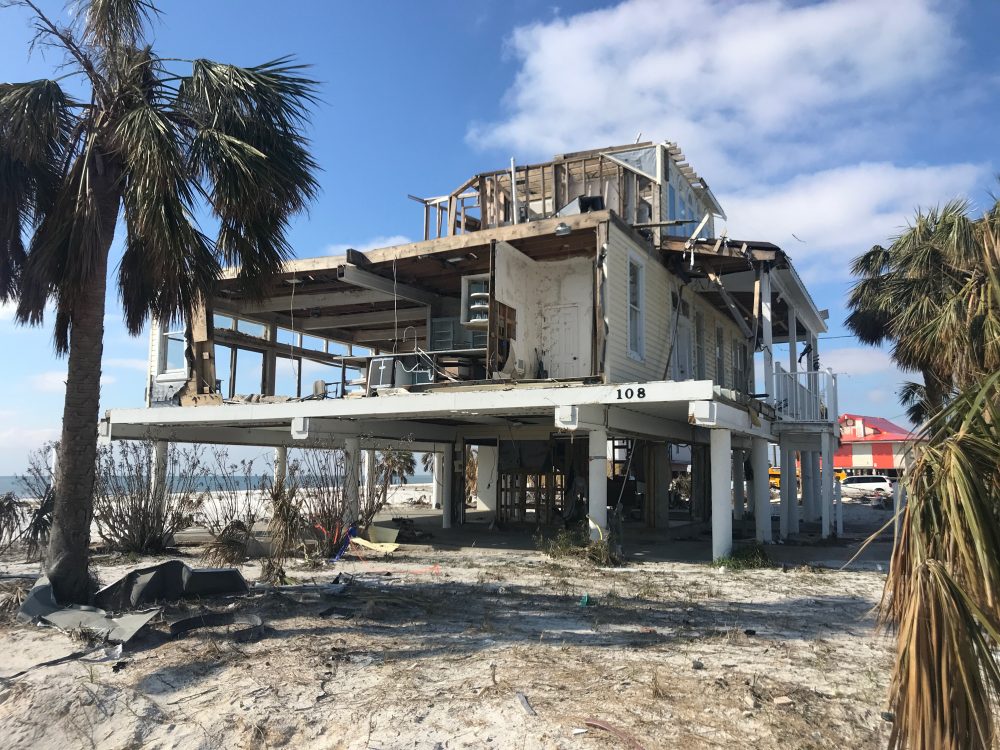
A Way of Life Threatened
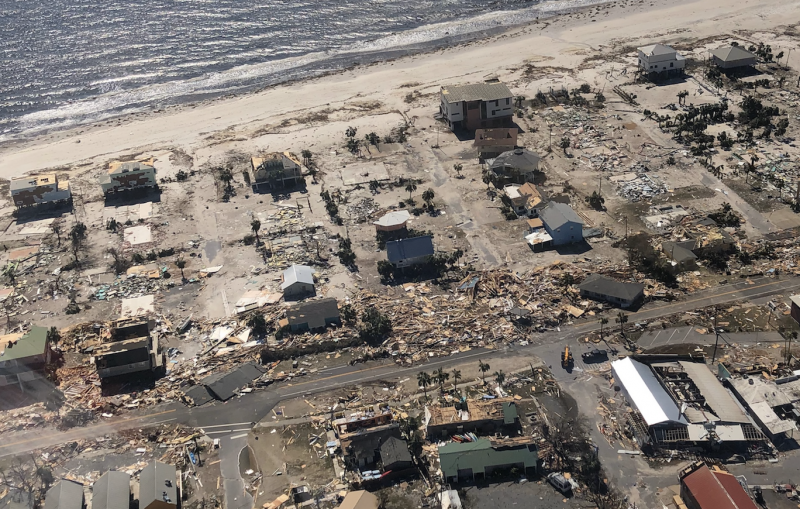
When Donors Prioritize Disaster Funding
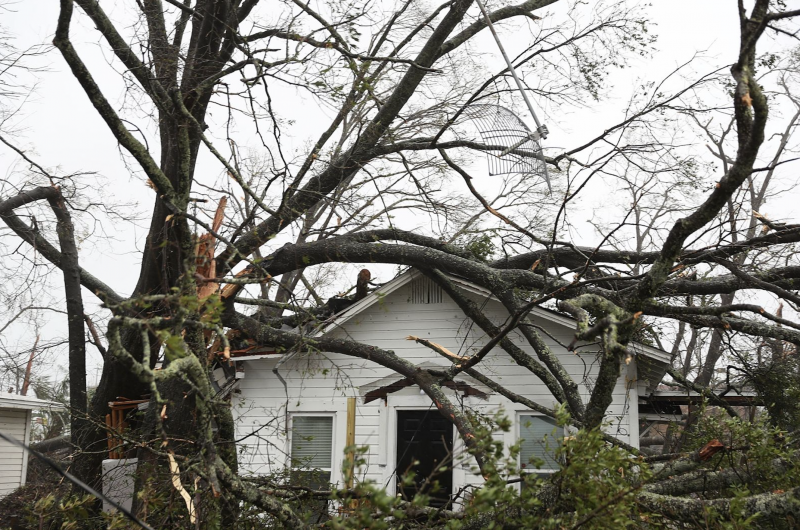
Hurricane Michael: How Should We Respond?
What is the impact in Central America?
While the storm did not make landfall, the tropical disturbance that became Hurricane Michael also impacted a few countries in Central America. At least 3,250 homes in Central America across Honduras, Nicaragua and El Salvador suffered damages. In Central America, fifteen people were killed and there was about $100 million in economic damage, with Honduras being the hardest hit.
What is the impact in the United States?
The storm caused extensive destruction in the Florida Panhandle and Georgia; Virginia and the Carolinas also suffered damage. Small Florida coastal communities such as Mexico Beach, Panama City, Lynn Haven and Port St. Joe suffered extensive damage. Many of these towns were hosts to seasonal visitors and second homes, but there was also a full-time, year-round population, many of whom worked in the tourism industry. Tyndall Air Force Base also sustained significant destruction with damages to military aircraft including F-22 Raptor fighter jets that were undergoing repairs and could not be relocated prior to the storm. Every structure on the base suffered some level of damage and some were completely destroyed.
Federal Disaster Declarations were issued for Florida (DR-4399), Georgia (DR-4400), Alabama (DR-4406), Virginia (DR-4411) and North Carolina (DR-4412).
Hurricane Michael caused $25 billion worth of damage within the U.S. According to NOAA, “of this total, about $18.4 billion occurred in Florida (with about $3 billion of this on Tyndall AFB), $4.7 billion occurred in Georgia, and $1.1 billion occurred in southeastern Alabama, with smaller amounts of damage in South Carolina, North Carolina, and Virginia. The vast majority of this damage was to property and infrastructure. However, about $3.3 billion of the damage was agricultural and forestry losses, primarily in Florida and Georgia.” In Georgia, the agricultural losses included: $300 to $800 million in cotton (which was set to have a record yield), $480 million in vegetables, $560 million in pecans, $25 million in poultry, $10 to $20 million in peanuts, $1 billion in timber with the destruction of one million acres and an unspecified amount of agritourism such as corn mazes and pumpkin patches. There was also unspecified damage to crops and property in Cuba and the disturbance that became Michael caused at least $100 million damage in Central America.
How many people died due to the storm?
As of January 2019, authorities had attributed 47 deaths in Florida to the storm. Some were direct deaths due to injuries from storm damage or drowning at the time of the storm, while others are indirect and occurred during clean up or because medical emergencies could not be attended to at the height of the crisis.
Previously 10 other deaths had been reported in the U.S. outside of Florida – six in Virginia, three in North Carolina and one in Georgia. There were also at least 15 fatalities in Central America – eight in Honduras, three in El Salvador and four in Nicaragua.
Government assistance
In Florida, 12 counties (in the Florida Panhandle) received Individual Assistance and Public Assistance (Categories A-G) declarations, while six counties in the Panhandle received some level of Public Assistance. In total, 31,414 applications were approved for Individual Assistance for a total of nearly $150 million. Just over $133 million has been obligated in the Public Assistance program and just over $5.6 million has been obligated for the Hazard Mitigation Grant Program.
According to FEMA, $3.1 billion in federal funds has been provided in grants, loans and flood insurance payments as of early October 2020. FEMA said, “After the October 2018 storm, FEMA provided $149.5 million to more than 31,000 households for temporary rental assistance, basic home repair, lost personal property and other expenses not covered by insurance. The agency also provided housing in FEMA mobile homes and travel trailers to 925 households while they sought permanent accommodations. The housing program has been extended to Feb. 11, 2021 for some eligible households in Bay County still in need of temporary housing. Working with the State of Florida, FEMA has approved $1.2 billion to reimburse governments and eligible nonprofits for the cost of debris removal, rebuilding of infrastructure and to reimburse state and local governments for emergency response costs.
As of Oct. 20, 2020,
- The U.S. Small Business Administration (SBA) provided $654 million in low-interest loans to businesses, homeowners and renters to help with their recovery.
- The U.S. Department of Housing and Urban Development (HUD) approved $735 million in funding for long-term recovery efforts.
- The National Flood Insurance Program paid $246.4 million in claims to policyholders in the Panhandle.
- FEMA provided $66.5 million to purchase temporary housing units, rent housing pads and maintain units for Direct Temporary Housing program occupants a place to live until they find a more permanent housing solution.
- FEMA supported the state with $8.9 million for crisis counseling, disaster case management, disaster legal services and disaster unemployment assistance.
- FEMA’s Community Disaster Loan program approved $36.5 million for 11 communities to continue providing essential services as they focus on long-term recovery from Hurricane Michael.
- From October 2018 to April 2019, 2,058 displaced households received hotel lodging through FEMA’s Transitional Sheltering Assistance program, totaling $16.7 million in assistance.
- FEMA’s Hazard Mitigation Grant Program provided $4.9 million to fund projects aimed at reducing future losses and to increase community resilience statewide.”
Twenty Georgia counties (mostly in the southwest region of the state) were approved for Individual Assistance and Public Assistance (categories A to G) with while over 40 counties crossing the state diagonally from the Florida panhandle and Alabama border to South Carolina received Public Assistance (Categories A-G) only. In total, 5,081 applications were approved for Individual Assistance for a total of nearly $12.6 million. Almost $134 million has been obligated in the Public Assistance program and just almost $2 million has been obligated for the Hazard Mitigation Grant Program.
In Alabama, four counties were approved for Public Assistance Grants and nearly $12 million has been obligated. In Virginia, approximately one-third of counties were eligible for PA and nearly $18 million has been allocated. Just over $7 million in PA was allocated for North Carolina, covering about 20 counties.
Housing
As noted above, thousands of homes and structures were flooded. While basic gutting has occurred in most areas, there are still many homes that have yet to be rebuilt.
Economic/Community Development
Business recovery is always an important component of disaster recovery. It is hard for businesses to withstand the shock of a disaster, especially in an area that is highly dependent upon tourism and an influx of external visitors.
Physical and Mental Health
PTSD is common after disasters, especially for children. Most government case management or counseling programs are short-term and there is a need for ongoing trauma-informed support services.
Contact CDP
Recovery updates
If you are a responding NGO or a donor, please send updates on how you are working on recovery from this disaster to Tanya Gulliver-Garcia.
Donor recommendations
If you are a donor looking for recommendations on how to help with disaster recovery, please email Regine A. Webster.
Philanthropic and government support
In August 2019, the Center for Disaster Philanthropy, through its 2018 Atlantic Hurricane Season Recovery Fund, announced $777,000 in grants awarded to five organizations for Hurricane Michael as follows:
- Mennonite Disaster Service for building materials to build up to four new homes or perform 10 critical home repairs for families still in need referred by local disaster case management and the North Florida Inland Long Term Recovery Group in rural Jackson and Calhoun counties.
- All Hands and Hearts in the form of a matching grant for their Rebuilding Resilient Communities in the Aftermath of Hurricane Michael program which will provide critical repairs and interior finishes to 18 homes in Bay County.
- Habitat for Humanity of Bay County for their Hurricane Michael Critical Home Repair Program which will provide repairs to 55 homes in Bay County to low-to middle-income families.
- Legal Services of North Florida to support their Hurricane Michael Legal Advocacy program which provides persons affected by Hurricane Michael with legal assistance, information and access to resources to maintain or secure housing.
- ToolBank to establish a tool bank with up to 5,000 square feet of warehouse space in Panama City to provide tools free of charge to nonprofits and community-based organizations working in housing recovery.
Philanthropy News Digest, a project of Candid, tracked philanthropic giving to Hurricane Michael in the weeks following landfall. As of Nov. 16, 2018, a total of $35,780,272 had been given through corporate direct giving/company-sponsored foundations, private foundations and public charities.
An online survey in the spring of 2019 about U.S. household charitable donations in support of disaster aid efforts — conducted by the Center for Disaster Philanthropy, Candid and the Indiana University Lilly Family School of Philanthropy — found that nine percent of households made a donation to Hurricane Michael in 2018.
Other philanthropic support includes the following examples:
- In 2020, the National Fish and Wildlife Foundation provided two grants to support recovery. The first, for $517,000, went to the Dog Island Conservation District to remove the debris field from Hurricane Michael that is impacting coastal habitat on Dog Island. The project will restore two miles of beach and dunes that were severely impacted by damage and debris from this storm. The second grant for $100,000 went to the City of Mexico Beachto assess the current levels of marine debris that remain from Hurricane Michael in Mexico Beach and the nearshore area and develop a plan for removal. The project will first assess and then, if warranted, establish a removal and disposal effort to address storm debris along 16,000 Linear Feet of the City’s shoreline.
- The Jesse Ball duPont Fund provided several grants in 2019 to support rebuilding efforts of churches. These grants ranged in size from $9,000 to almost $160,000. The Fund also provided a grant of $151,046 to the University of Florida, in order engage the Florida Resilient Cities (FRC) Program in partnership with the City of Port St. Joe, to assist the community in recovering from Hurricane Michael and increase its long-term resilience and ability to adapt to future risk.
- In 2018, the United Air Lines Inc., Contributions Program provided five $20,000 grants to assist the ongoing efforts of organizations responding to Hurricane Michael. Recipients included: Global Giving, Feeding America, American Red Cross, Americares and Airlink.
- In 2018, the American Society for the Prevention of Cruelty to Animals provided a $500 grant to SPCA Florida to support animal medical assistance for animals impacted by Hurricane Michael.
We welcome the republication of our content. Please credit the Center for Disaster Philanthropy.
Fund resources
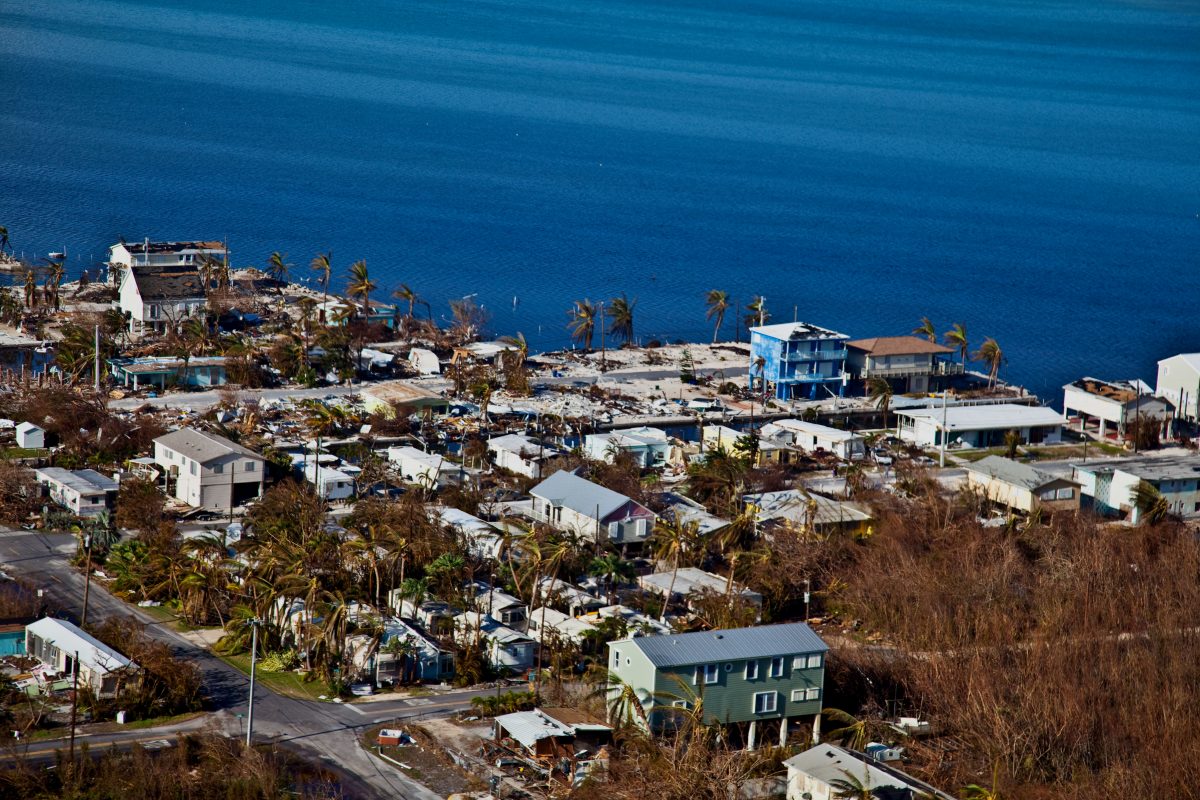
Hurricanes, Typhoons and Cyclones
Hurricanes, also called typhoons or cyclones, bring a triple threat: high winds, floods and possible tornadoes. But there’s another “triple” in play: they’re getting stronger, affecting larger stretches of coastline and more Americans are moving into hurricane-prone areas.

Is your community prepared for a disaster?
Explore the Disaster Playbook